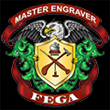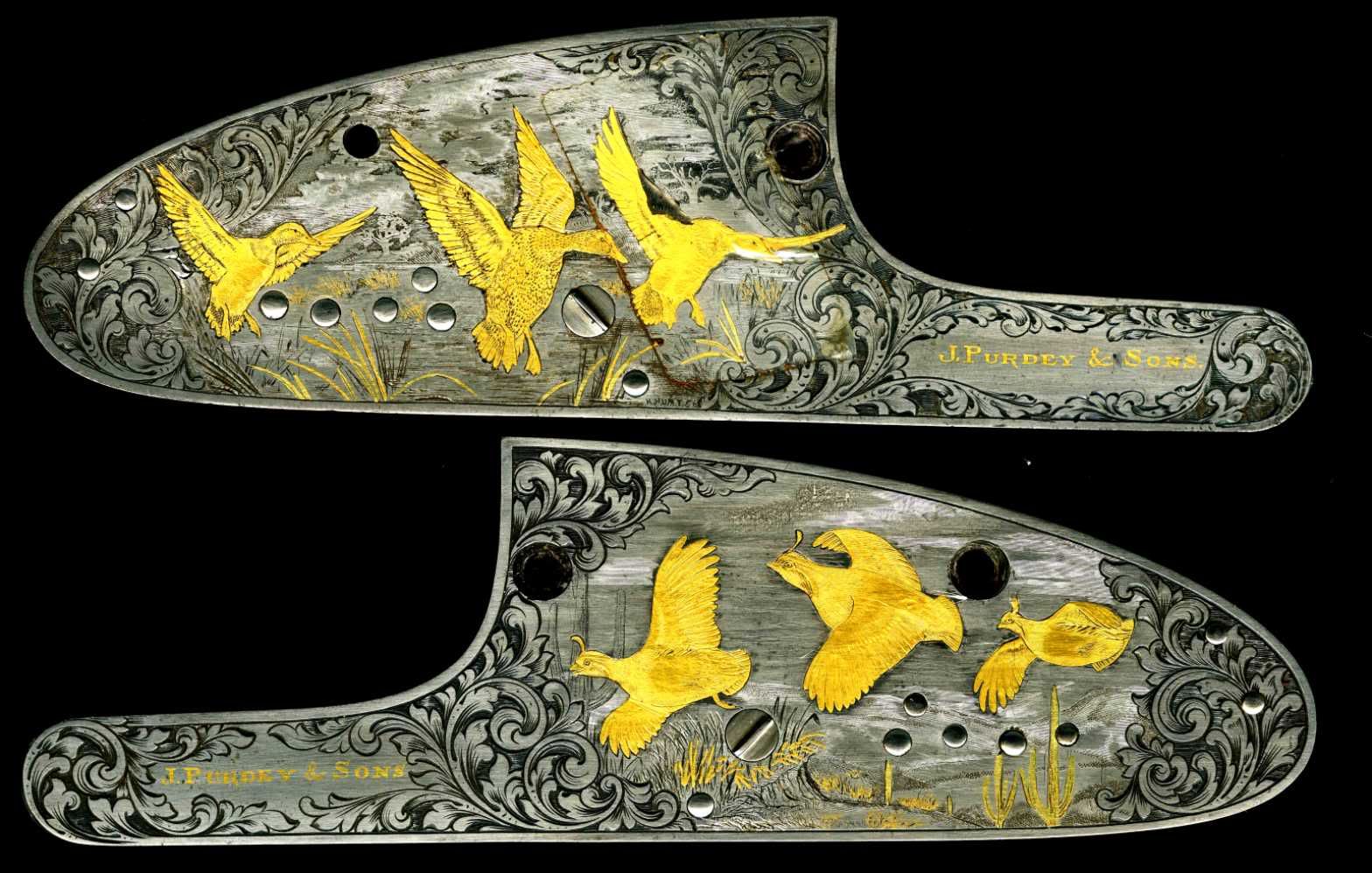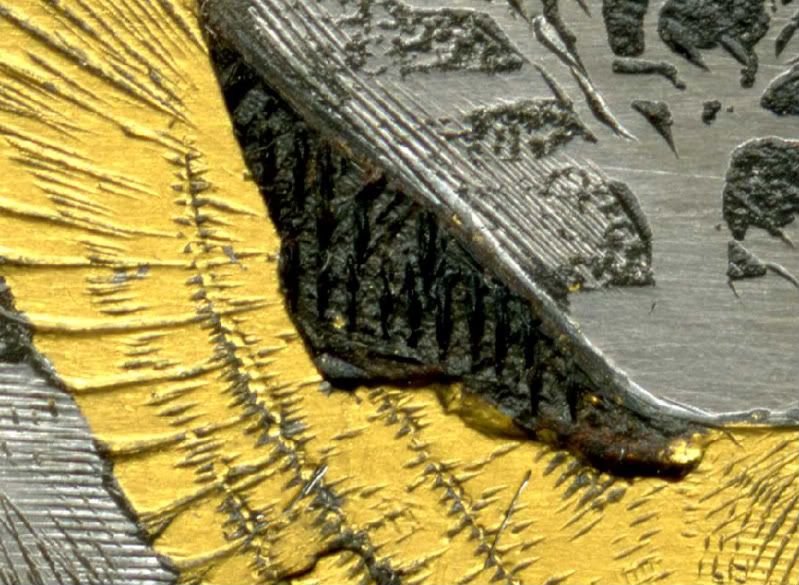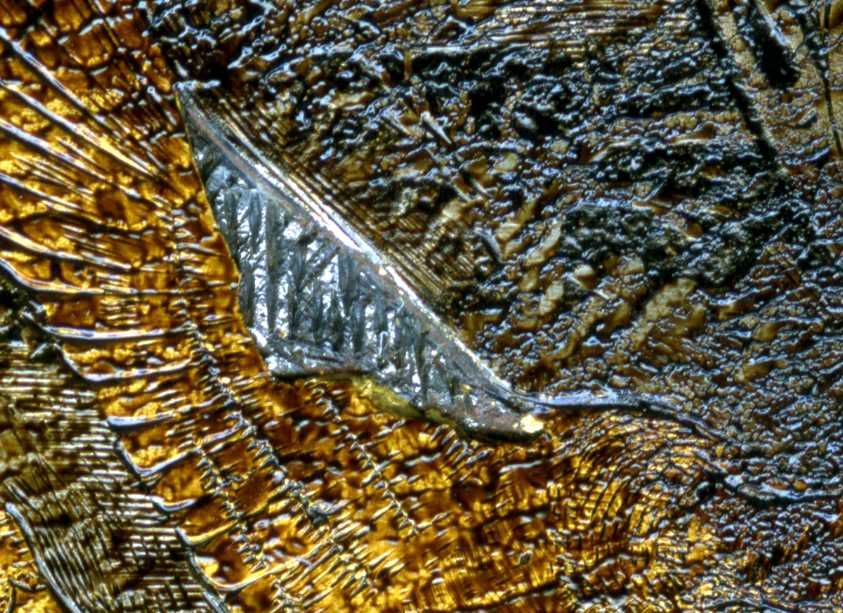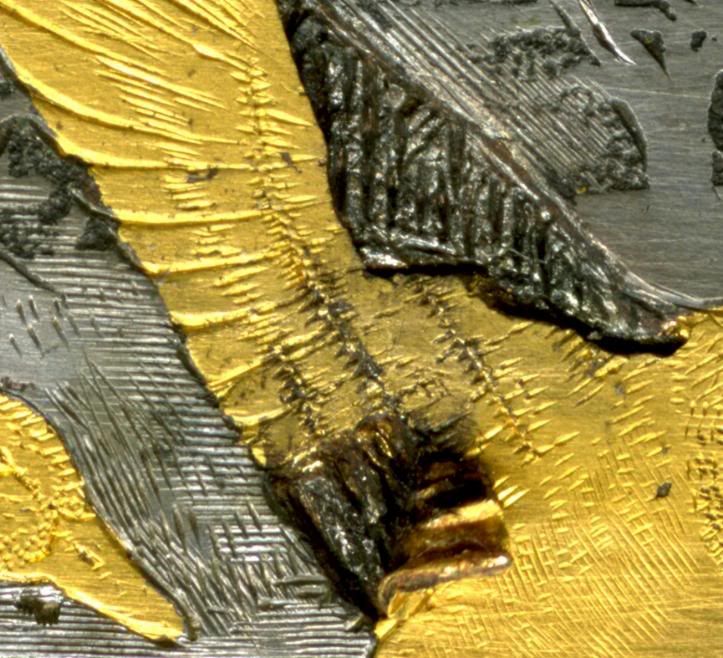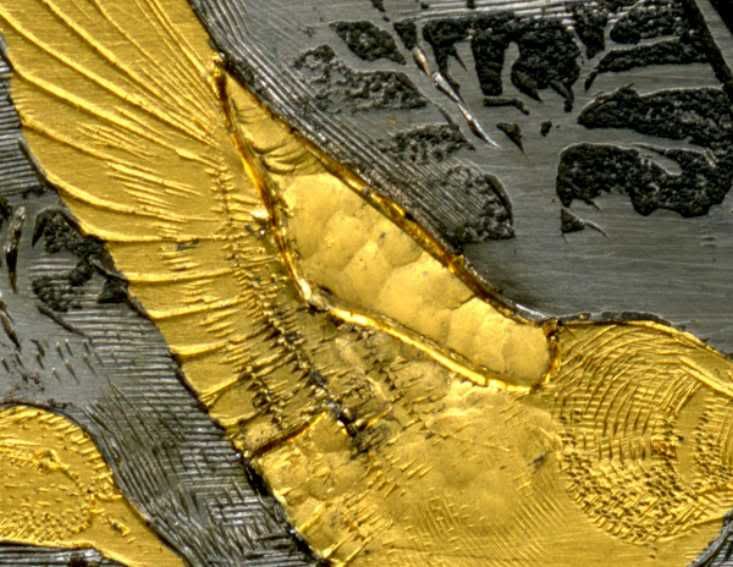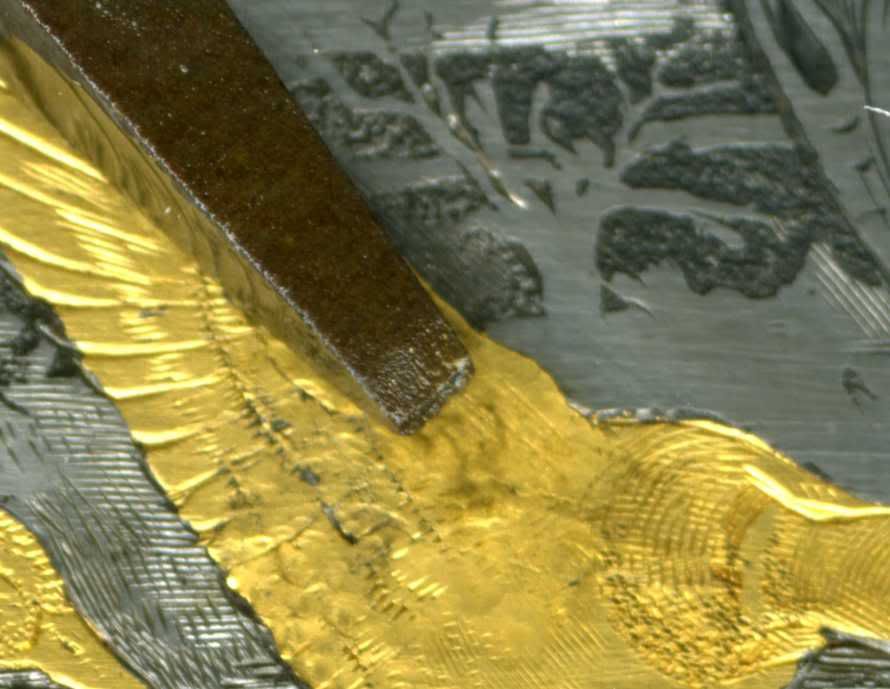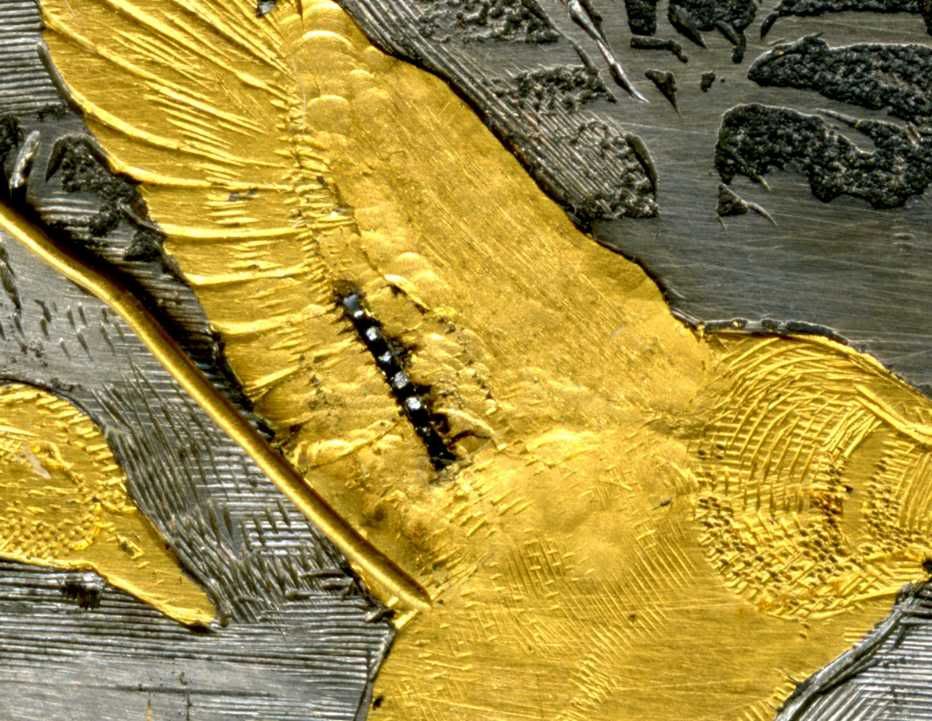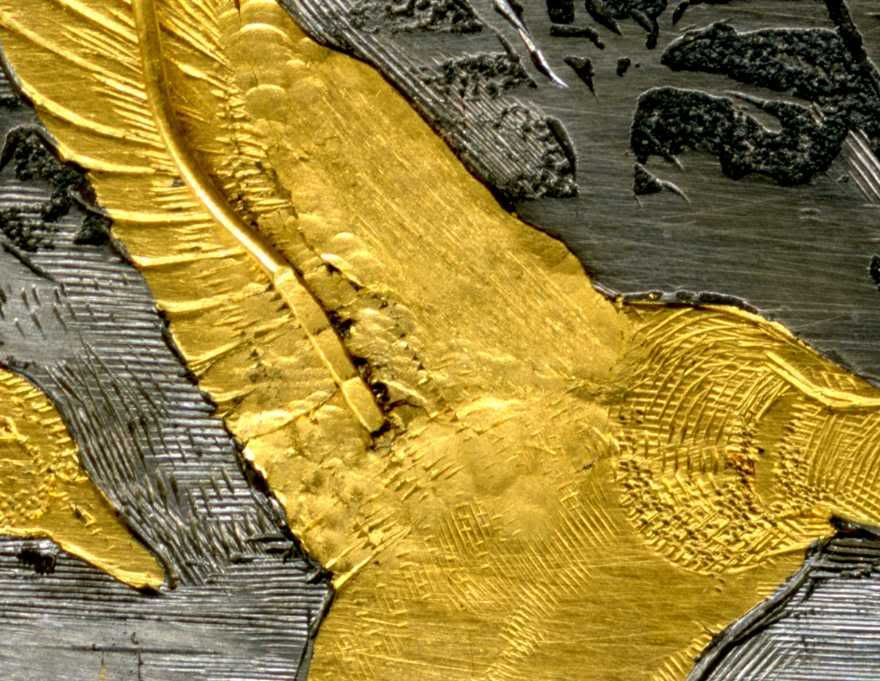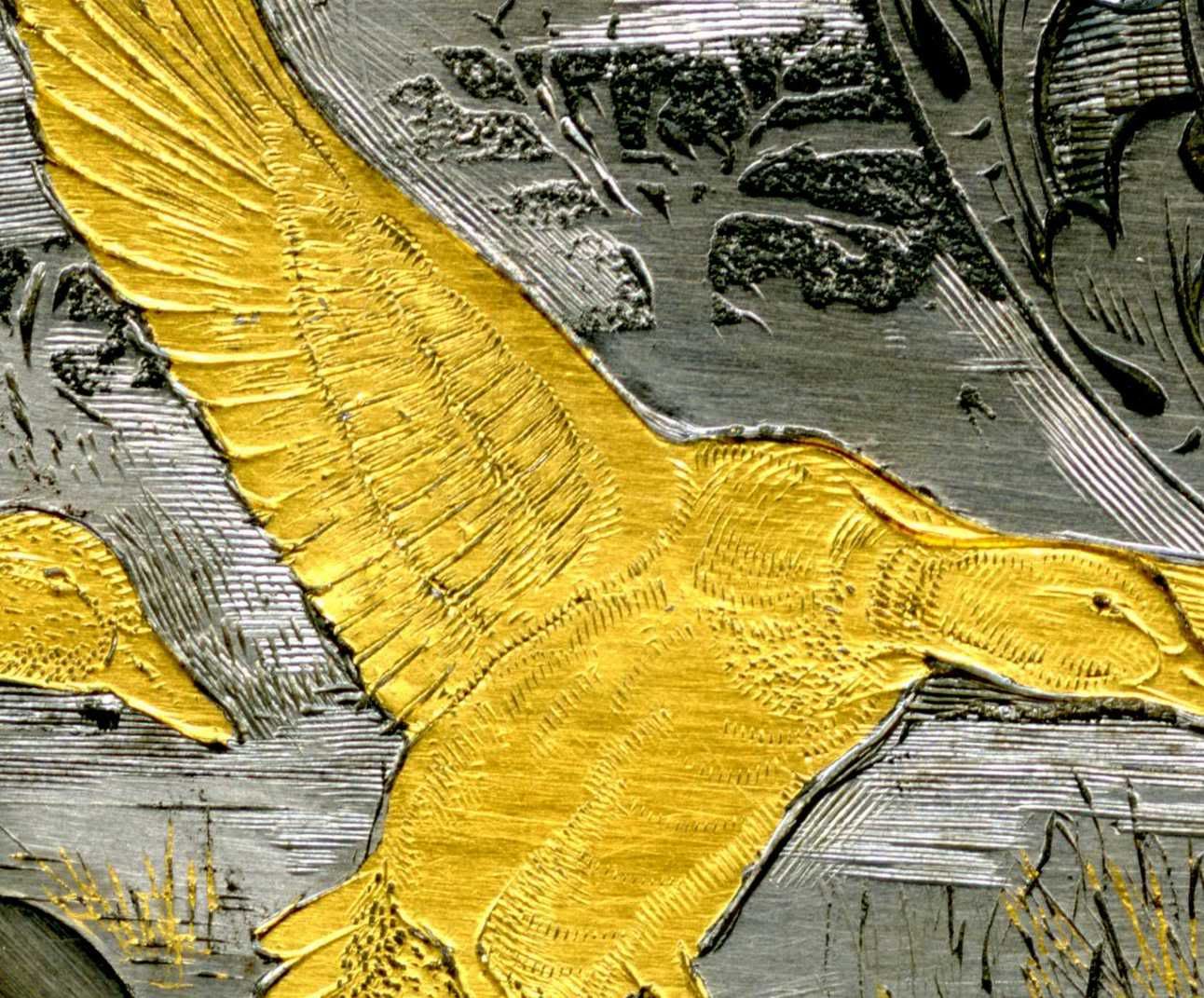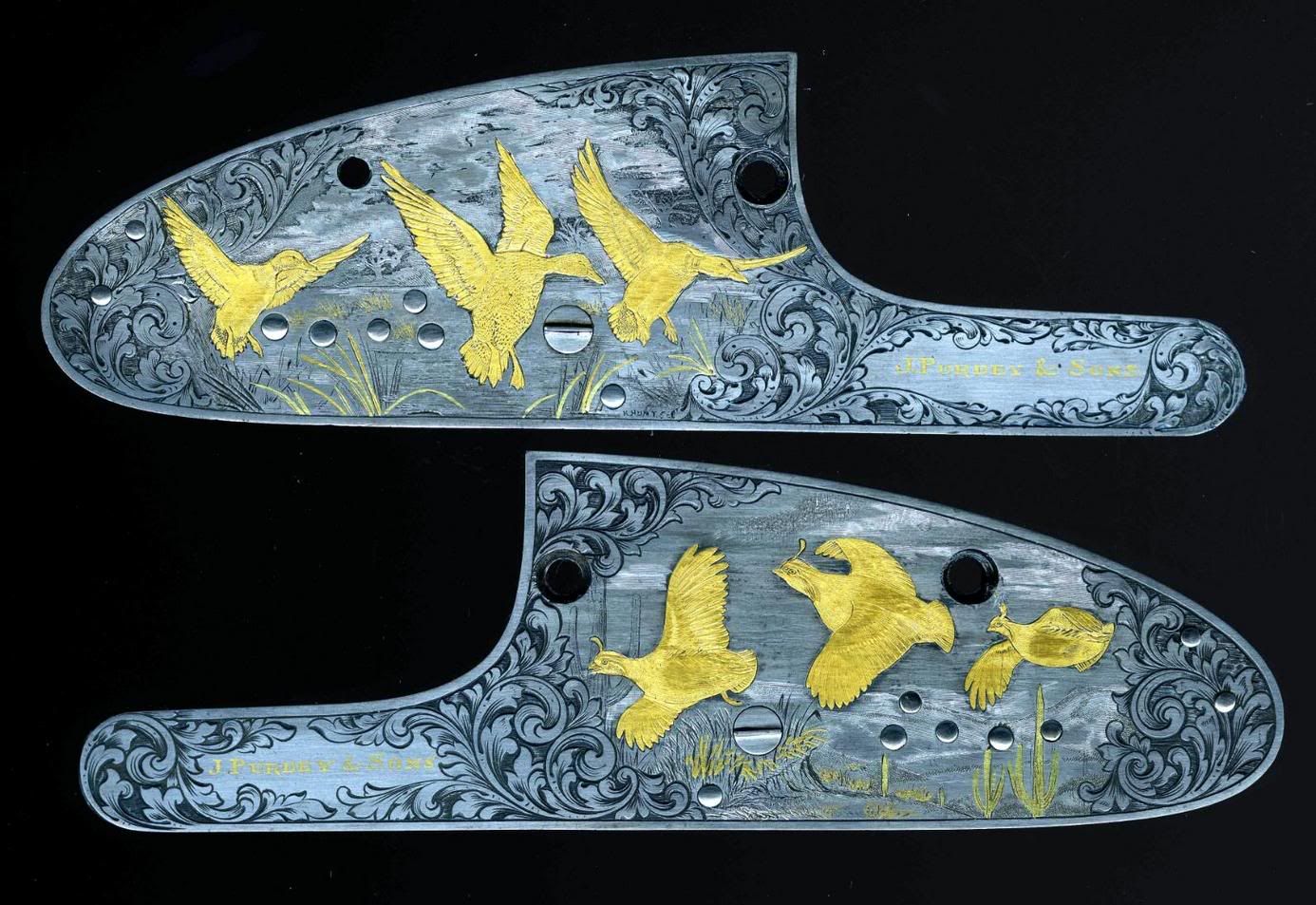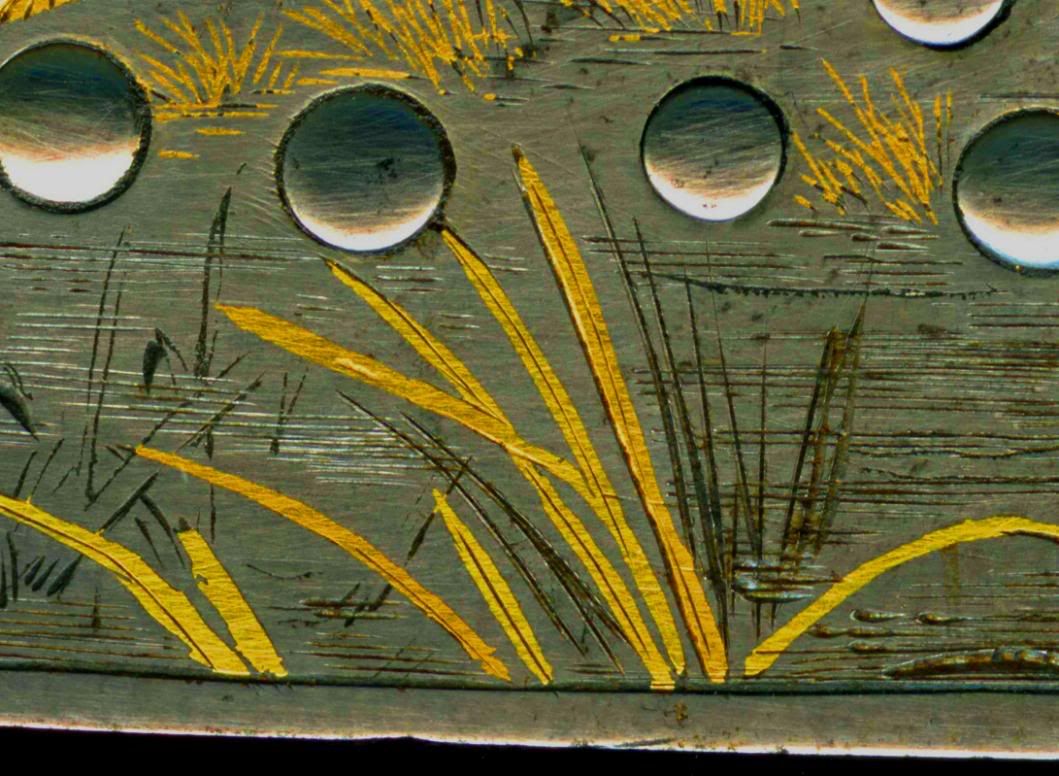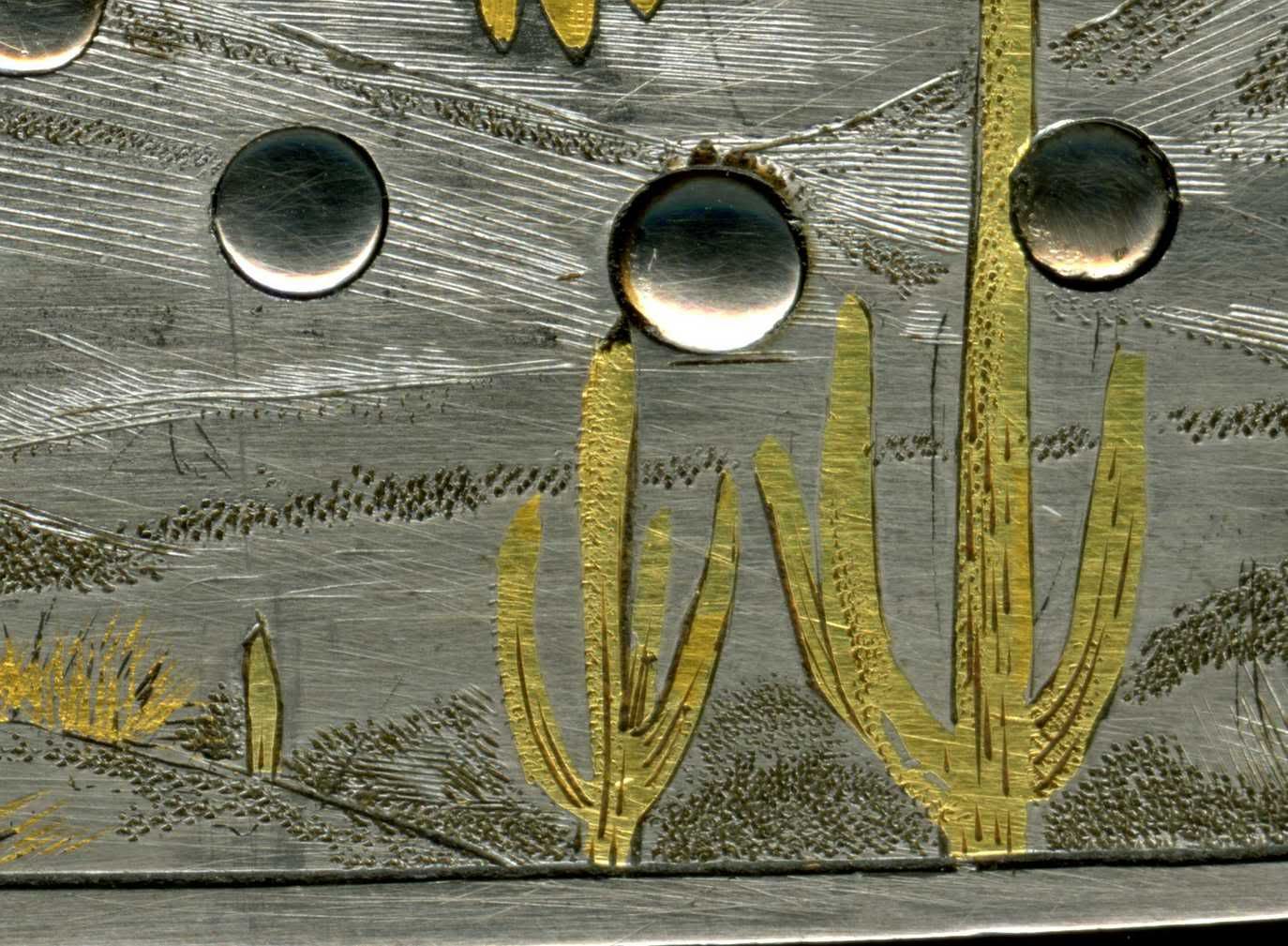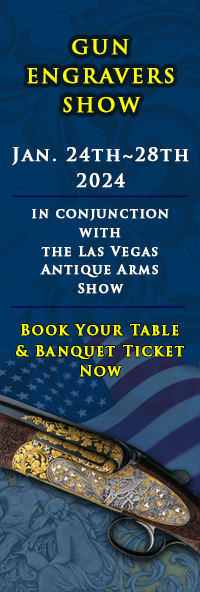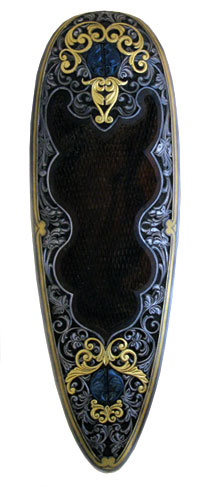
- Home
- About
- Membership
- The Engravers
- Convention
- Awards
- Auction Gun
- Magazine
- Shop
- Links
- Your Account
- Connect W FB
- Members Only
- Login
- Logout
- Contact
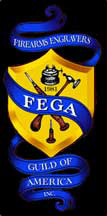
| ok, take a look at these |
I have been sent some interesting locks thet need some repair, I thought maybe it would give us something to chat about. Let me know what yoou think of them...
|
Nice locks Barry. What do they want you to do to them? Also..what type of camera did you use to photograph them? they look pretty clear
|
Hi Marty, long time no see my friend, nice to hear from you. You may notice there is a piece of tape holding whats left of the #1 duck on the right lock in place. It came in for repair. I scanned the locks on an epson 4870 photoscanner,at about 1200 dpi then cropped, enhanced and reduced the size a little so they would not be too huge....There is a lot of history and a long story behind these, but I do not know all of it, I am hoping someone might know more of it.
|
So, Barry,how long you figure before the rest of the inlays fall out? Sam
|
Barry, it appears as though there is an engravers mark just below the scotch tape. Could be K Hunt from what I can tell without a magnifier. Just wondering if it was. Mike
|
Hi Barry, will you let us know if the inlays are sheet or constructed wire, please?
|
Hi Sam, the rest of them are in reasonable shape. I think there were some burrs poking through when it was first done which allowed water to seep in and caused rust which pushed up the inlay, or it may have been polished during one of its many refurbishments, causing the burr problem.
|
|
re. left side - spelling
|
Barry, is it the photo or is there a lot of steel bits showing through the gold? Also, as John Vukos notes, the "R" on the left side looks more like a "U". Is that also the photo or is it a "U"? I don't envy you the repair job!
|
Barry,
|
Thanks for the great comments everyone.The R is an R it just looks funny because of the lighting. And the left lock is a different engraver, any guesses? I hope we are having fun with this. The repair is underway and I have pics if you wish to see them. This pic is shows that I have protected the surface with rebite ground, in preparation of etching out the rust with acid.
|
oh, and yes Sam those are bits of steel poking through. That may be one way the moisture got in there in the first place, There is also some steel wool lint floating around on the surface..B
|
Lynton McKenzie?
|
After etching the cavity I got to poking around and pulled this up...I call this pic "duck wing shredded" So I did the same operation in here.
|
Fred, you are correct,good work, thank you for the observation.
|
I have been thinking (dangerous game to play) and it seems to me all the inlays on this side plate are very suspect. I don't see how that much corrosion formed just because there was steel sticking through the gold. Unless the gold was not that firmly seated. 1956, hot and humid England,no air...there are other possiblilies along the way if the gold was loose at all. I would be tempted to pull some gold around that second area to see how far the corrosion extends. Completely redoing the inlays would seem prudent, though expensive and time consuming.
|
Yes Sam, good point, and I am sure there is some corrosion in other places. To stop further corrosion in the immediate future, I boiled it.I have poked around quite a bit and nothing else is actually loose.I tested with carpet tape also.The client wants to preserve as much of the original work as possible, and I think this is a good idea. This gun has a lot of history, David Trevallion has told me he thinks that it has had over 100,000 rounds through it live pidgeon shooting. And the current owner uses it heavily. If any more falls out later, we can fix more later. If you though that pic was ugly, you will hate this one. Thanks for the observations. Barry
|
Barry, I agree with Sam's last posting. I had thought all along that all the inlays on that side were suspect, but the damaged one at least, needed to be totally redone. I just hated to say it and be a wet blanket, know-it-all.
|
Here is the next stage, wire trimmed, flattened a little, with a line cut between it and the old metal, so it will have a tight seam when flattened completely.
|
now it has been punched down, and is being stoned.
|
Next I cut a channel through some of the steel poking through and raise teeth to recieve a wire.
|
the wire is installed, the area stoned,
|
and the detail is put back in.
|
And the locks are cleaned, and returned to the client.
|
Excellent job Barry. When you said you "boiled" the piece just what did you mean? Do you plan to do the wire repair on areas of the other inlay showing a lot of steel? I had assumed the gun had been used a lot. The last time I talked with Frank Hendricks I asked what he was working on and he said he was repairing some gold inlays and that he had done several of these jobs...all KH. S
|
Thanks Sam. When I said "boil" it, I meant just that, in water. I don't know why, but it tuns red rust into black rust which is resistant to rerusting. I then blew it dry, wrapped it in paper towels and buried it in silaca gel for a day, this sucks them moisture out pretty well. Now that the repair is done I will post some interesting closeups of the work soon. I can't speak for KH, but I am posting something I emailed to john where I paraphrase what he told me when I mentioned his work is critisized for being thin etc. and I explain this posting.
|
Here is a closeup, the color is not so good, but he was using yellow and green gold together all the way back in 55 or 56
|
Here is a closeup, the color is not so good, but I thought it was interesting that he was using yellow and green gold together all the way back in 55 or 56
|
Barry, thanks for the added info. I wasn't trying to denegrate Ken's work but to show there is a consistancy there that it would be interesting to persue. I would like to know just what the cause of inlay failure is so as to avoid. Nothing that I have engraved is likely to ever have the usage of this piece so I will never know if my inlays can stand up to such wear and tear. All I know is they stand up really well to 30 years in the safe. When I said "excellent job" I was also refering to this thread. It is interesting and very educational and it would be nice to see more of this sort of thing. Guess I need to learn to post some photos to the web so I can participate also. S
|
Thanks Sam. I have never seen an inlay installation done better than yours, I think you can be confident they will be there a while.I remember reading" Lay not up your treasures upon earth where moths and rust doth corrupt" so I guess they will all be piles of rust , or crushed into Nuetrons in a black hole someday. But in the meantime, I think corrosion is the culprit 99% of the time. When rust expands, there is only one thing for the inlay to do, and that is to come out. On a steel boat I think they use a copper plug somewhere, and through galvanic action, the copper oxidizes first, I think. maybe someone can tell me if that is correct. Perhaps we should all install a copper plug on the gun somewhere, hehe. I have fixed several of these and there is always rust behind them. Thanks again for the great comments Sam, Barry
|
| Respond |
Site Copyright 2012 by FEGA
Terms of Use
